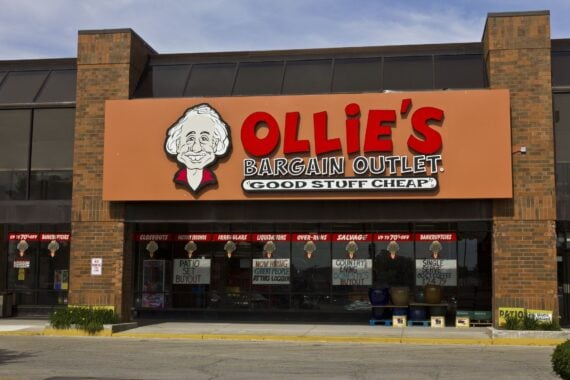Sometimes, the best things happen when you least expect them. While one might think that behind the things that we use every day, there were months, or even years of meticulous planning and experimentation, some of the most revolutionary inventions were the result of pure serendipity. Here are nine accidental inventions we use every day.
Related: The Greatest American Inventions of the Past 50+ Years
1. Penicillin

Imagine coming back from a trip to find your office in disarray. For most of us, it would be a hassle, but for Scottish scientist Alexander Fleming, it was a stroke of genius.
In 1928, after returning from a vacation, Fleming found that a Petri dish of Staphylococcus bacteria he’d left out had developed a greenish mold. Instead of discarding the spoiled sample, he noticed a clear halo where no bacteria grew around the mold. This led him to identify the mold as Penicillium notatum. What followed was the birth of penicillin, the world’s first antibiotic.
Although Fleming’s discovery wasn’t immediately recognized for its potential, it eventually saved millions of lives. A decade later, scientists at Oxford University refined his work, transforming penicillin into a practical and widely-used medication by 1942.
Related: 10 Inventions That Had a Negative Impact on Society
2. The Slinky
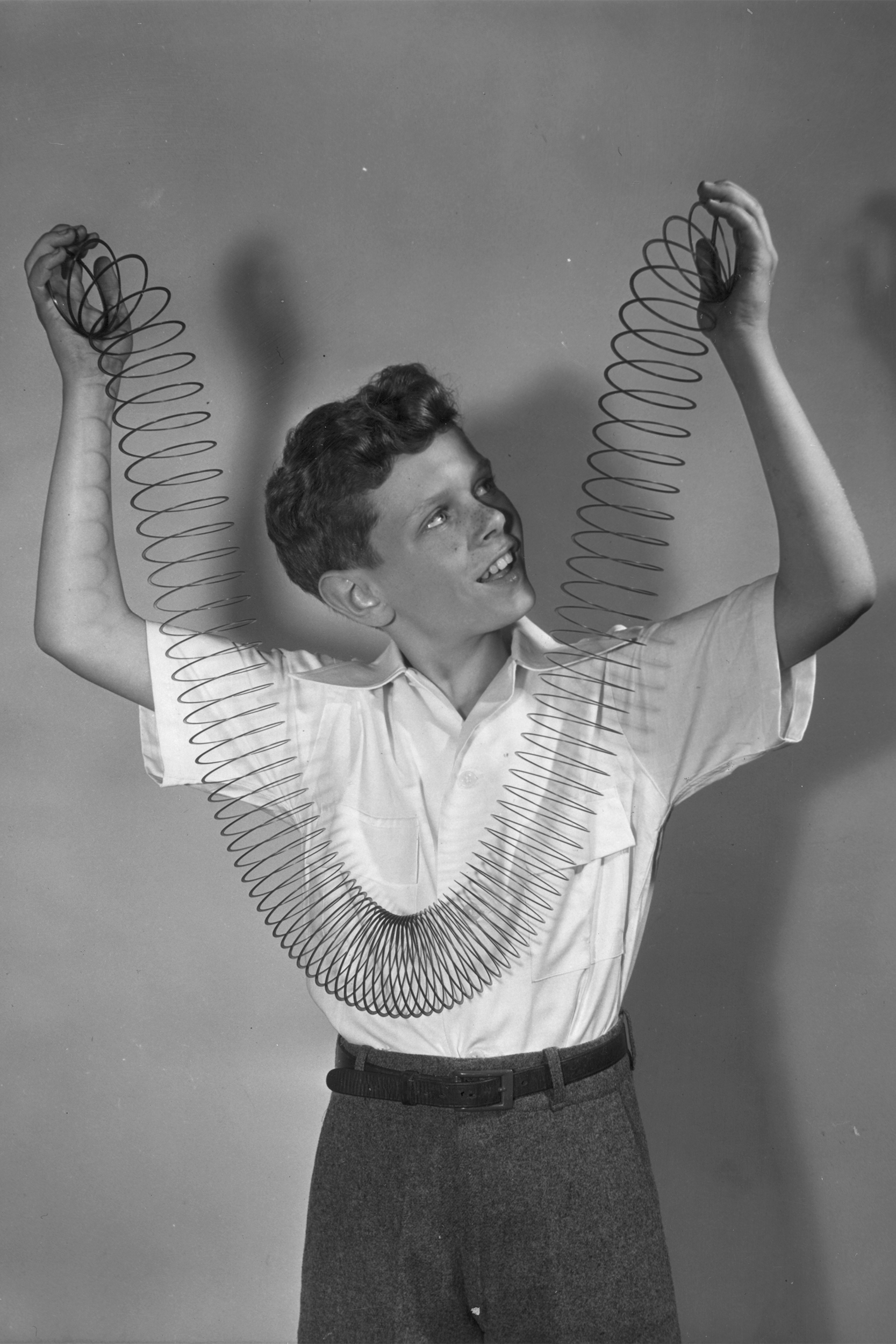
In 1943, naval engineer Richard T. James was tinkering with springs, hoping to create stabilizers for maritime equipment. When he accidentally knocked one off a shelf, he watched in amazement as it “walked” down instead of falling. This unexpected event gave birth to the Slinky. After two years of development, the first batch of Slinkys sold out in just 90 minutes at a Gimbels store demonstration.
Related: 25 Toy Brands That Are Still Made in America
3. Post-It Notes

In 1968, Dr. Spencer Silver a researcher at 3M was on a mission to create a super-strong adhesive. Instead, he invented one that barely stuck at all. It seemed like a dud until his colleague, Art Fry, had a lightbulb moment.
Fry, frustrated with paper bookmarks falling out of his hymnbook, realized Silver’s “low-tack” adhesive could be the perfect solution. They developed a sticky note that could be repositioned without damage.
Initially slow to catch on, the product we now know as Post-it Notes became a sensation in offices and homes worldwide, reminding you to do stuff but on a nice, colorful background.
Related: 3M and More of the Oldest Companies in America
4. Teflon
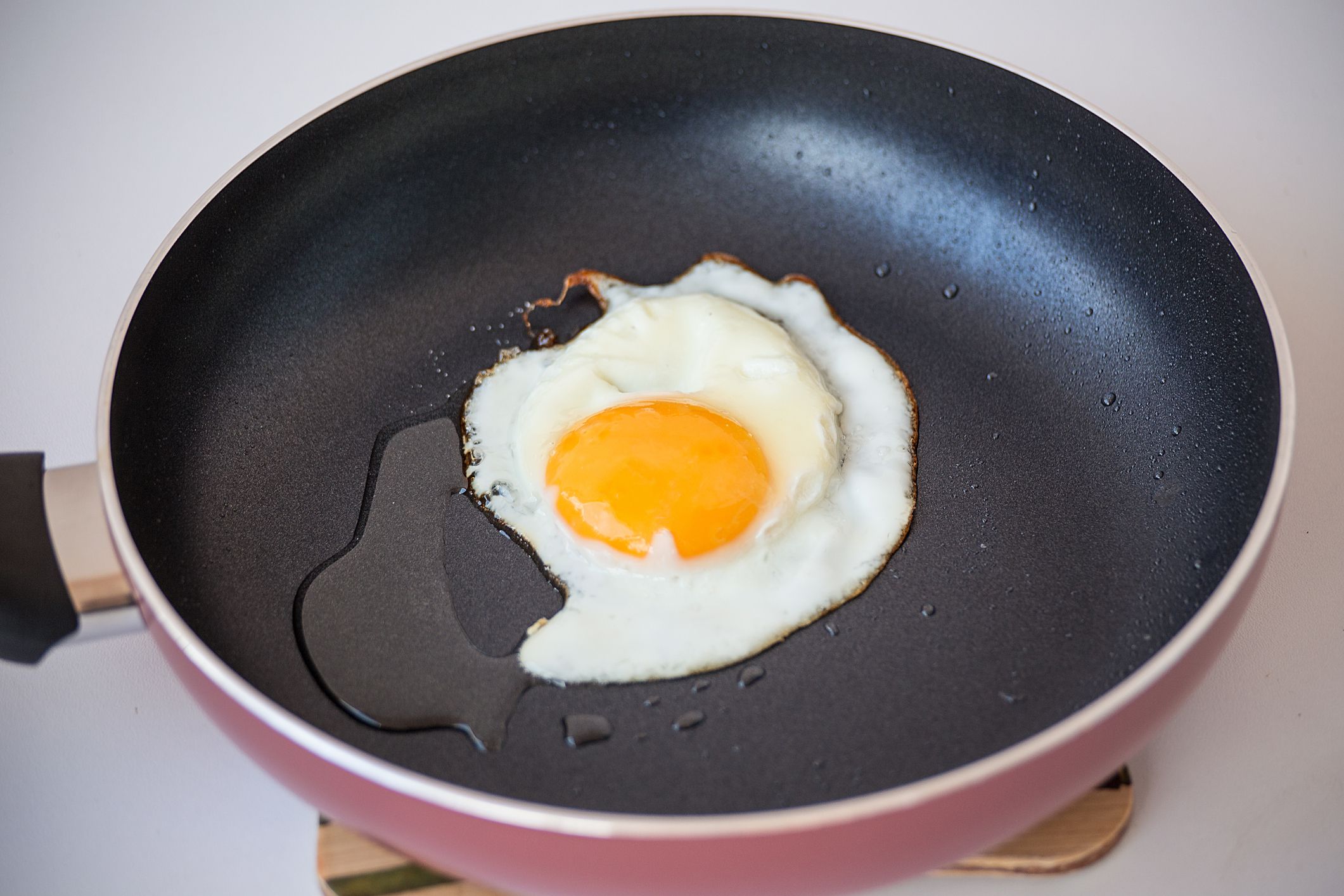
Ever had one of those days where nothing goes as planned, but it all works out in the end? That was Roy Plunkett’s experience in 1938. While working at DuPont’s lab, Plunkett tried making a new refrigerant. Instead, he discovered that gas left overnight in a canister had turned into a white, waxy substance.
This accidental find, known as Teflon, was non-stick, heat-resistant, and super slick. DuPont saw its potential in industrial uses, but it was a French engineer’s wife who saw the kitchen magic. She suggested using Teflon to coat cookware, leading to the non-stick pans we love today.
Related: Half-Baked Cooking Myths You Need to Scrub From Your Memory
5. Silly Putty

During World War II, with rubber in short supply, the hunt for alternatives was on. Engineer James Wright was mixing boric acid with silicone oil when he stumbled upon a gooey, stretchy substance. It wasn’t the rubber substitute he aimed for, but it bounced and stretched like nothing else.
Wright’s employers weren’t impressed, but Peter Hodgson, a savvy businessman, saw its potential as a toy. Thus, Silly Putty was born.
For more ingenious stories, sign up for our free newsletters.
Trending on Cheapism
6. Microwave Oven
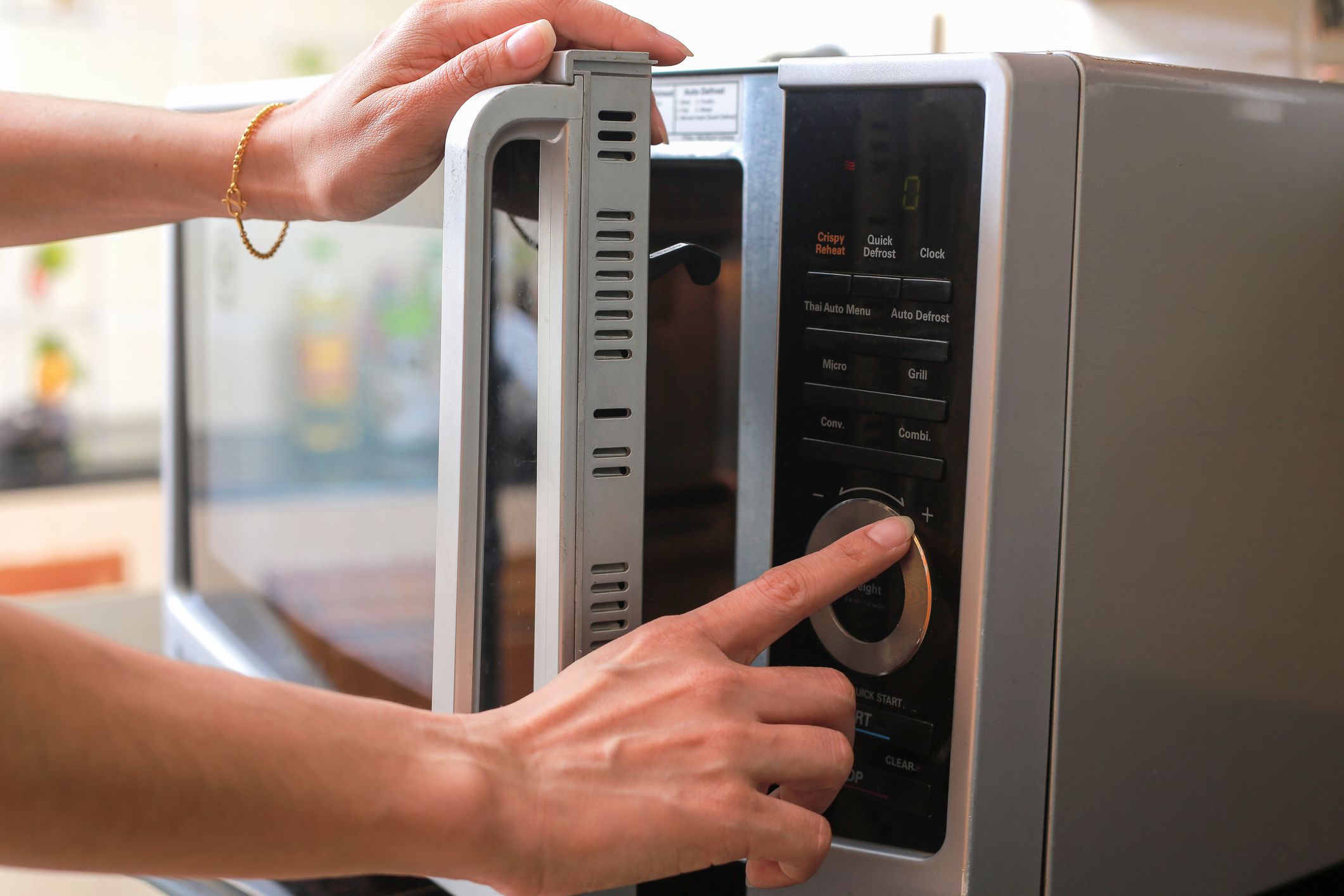
Percy LeBaron Spencer, a self-taught engineer at Raytheon, was working with magnetrons, high-powered vacuum tubes used in radar systems. One day, he noticed that a candy bar in his pocket had melted. Intrigued, he experimented with popcorn kernels, which popped, and then an egg, which exploded. These accidental discoveries led to the invention of the microwave oven.
Raytheon patented the technology, and in 1947, they launched the first commercial microwave oven, the “RadaRange.” Initially, it was a massive, expensive machine, costing $5,000 and weighing 750 pounds. Despite its initial commercial failure, the microwave evolved into a compact, affordable kitchen appliance. By 1986, one in four American households owned one, and by 1997, over 90% did.
Related: 15 Foods You Should Never Reheat in the Microwave
7. Smoke Detectors

Next time your smoke detector goes off in the middle of the night, thank Walter Jaeger. In the 1930s, the Swiss physicist was trying to invent a sensor to detect poison gas. Instead, his device responded to the smoke of his cigarette.
Although it wasn’t what he originally intended, Jaeger’s work led to the modern smoke detector. Initially used in industrial settings, technological advancements made them affordable for home use by the 1970s.
Related: 13 Fire Hazards Hidden in Your Home — and What To Do About Them
8. Velcro

In 1941, Swiss engineer George de Mestral returned from a walk with his dog to find both of them covered in burrs. Curious, he examined the burrs under a microscope and noticed their tiny hooks caught on the loops of fabric. Inspired, he spent the next decade perfecting a synthetic version, which he named Velcro (from “velvet” and “crochet”). Initially overlooked, Velcro caught on when NASA used it in the 1960s for their space suits. Today, it’s used in everything from fashion to aerospace.
Related: These Brand Names Are So Popular, They Became Everyday Words
Sign up for our newsletter
9. Implantable Pacemaker
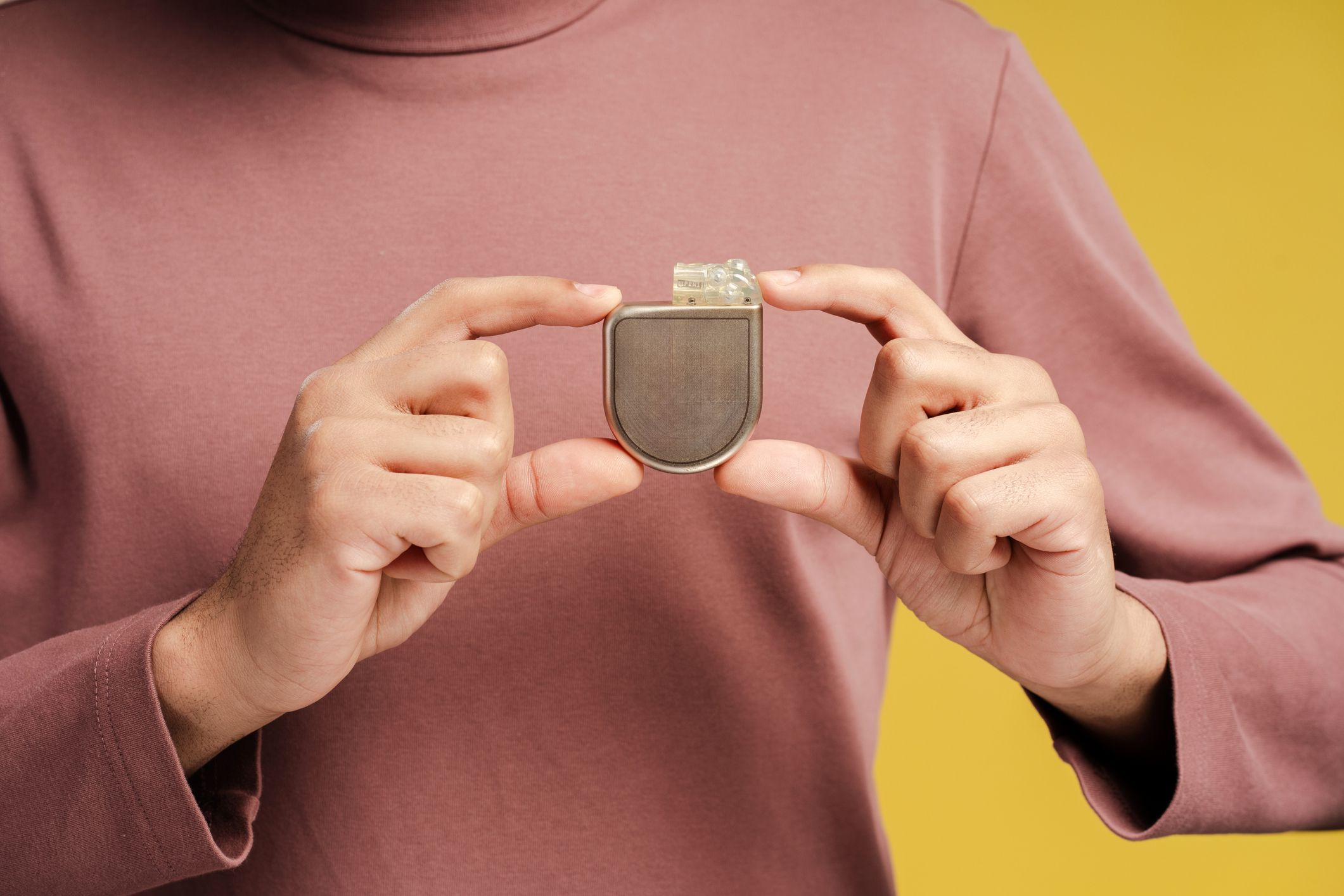
In 1956, Wilson Greatbatch was an engineering professor working on a device to record heart sounds when he made a serendipitous mistake. He used the wrong type of resistor,
and instead of recording sounds, the device emitted electrical pulses. These pulses mimicked the natural rhythm of the heart, leading to the creation of the first implantable pacemaker.Greatbatch collaborated with a surgeon to refine the device, successfully controlling a dog’s heartbeat and, later, a human’s.

